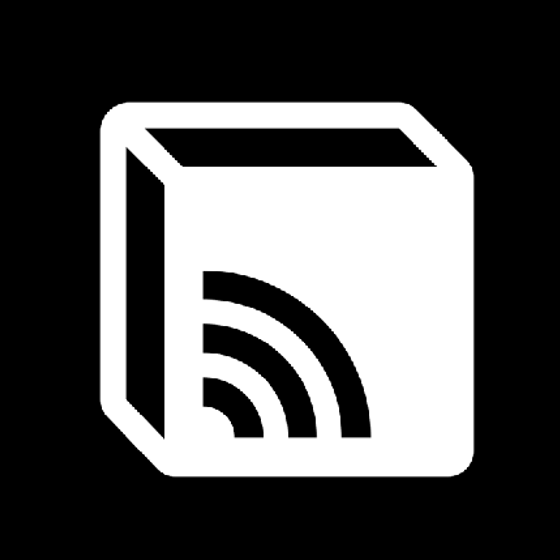IoT Solutions
Everything you need to know to integrate IoT into a business project
The term IoT stands for Internet of Things. It encompasses all the devices related to the design and use of connected objects. An object is said to be connected when it acts with relative autonomy, to collect, process and transmit data.
To qualify your IoT project, in your sector of activity, it is essential to detail the essential parameters beforehand: objectives, applications, networks, data processing and storage, risks and security measures.
Summary
- Connected objects, IoT applications and industries
- The challenges and risks of IoT networks
- Define the communication protocol adapted to your IoT project
Connected objects, IoT applications and industries
 |
Connected objects are now present in all areas of activity, accessible to businesses, communities and individuals. The number of connected objects in the world is estimated at more than ten billion. |
There are many new and varied opportunities to use IoT, both in the public and private sector:
- Smart Cities: parking management, traffic management, efficient lighting, waste management, electric charging point management...
- Smart Buildings: resident comfort and quality of life, preventive building maintenance, safer buildings and energy maintenance
- Industry 4.0 IoT: logistics IoT, predictive maintenance, team and infrastructure safety, production quality control, energy management...
- Human health and safety: mobile and landline telecare, remote patient monitoring, bracelets for the elderly or lone workers.
- Energy transition: energy efficiency of professional buildings, public facilities and individual homes.
- Agriculture: robots, smart weather stations, GPS boxes fitted to tractors, collars and leg bands for animals, etc.
The challenges and risks of IoT networks
|
|
The digital transformation of companies and communities responds to several challenges:
|
IoT solutions must reduce their environmental impact: optimization of resources, energy transition, limitation of the carbon footprint, etc.
The thousands of data collected and exchanged improve the customer experience. By analyzing this data at scale, IoT applications can provide a better quality of life for city citizens, factory workers, farmers in the fields ...
The risks are twofold:
- Respect for confidentiality in the storage and use of object data
- The security of connected objects and IoT networks
An object connected to the Internet opens a door to a network where data is exchanged which may be personal, confidential or even sensitive. Malicious people can seek to gain access to this information, or to hijack the primary functionality of a smart device. All information flows must be secured.
Securing IoT networks is one of the major challenges when qualifying your IoT project.
Define the communication protocol adapted to your IoT project
 |
The Internet of Things identifies three types of networks to which connected objects are attached, depending on their functionality and connectivity: personal networks, building networks and long-distance networks. The communication protocol allows the transmission and reception of data by the connected object. |
The choice of communication network for your connected object is based on 3 main criteria: range, bandwidth (volume), flow (speed) and energy consumption.
Technological, regulatory and economic developments should not be underestimated. Your decision must take into account other more strategic criteria such as:
- Network coverage (availability, density, maturity)
- The environment and the mobility of objects
- The volume of data exchanged, for videos for example
- The frequency of transmission of information
- The level of security required
- The cost of the service
- The sustainability of technology and offers
Two main categories of networks are available:
 |
|
Connected devices interact with each other and with a communication gateway, connected to the Internet. 5G will accelerate the development of IoT projects, with many benefits, including:
- a reliable and fast connection
- an exchange of large volumes of data
- low latency: a few milliseconds
- in the long term, a very high density: tens of thousands of objects / km²
